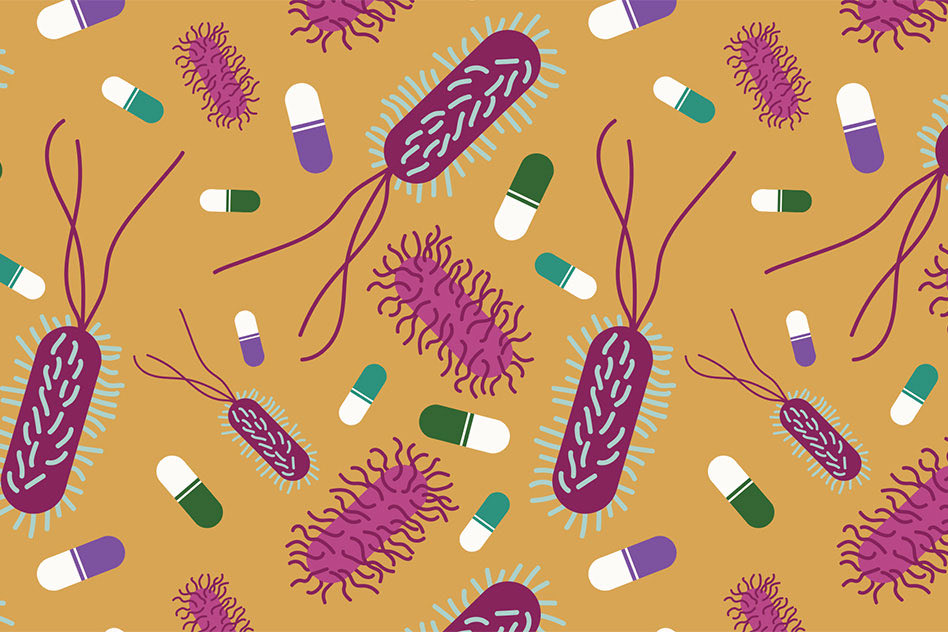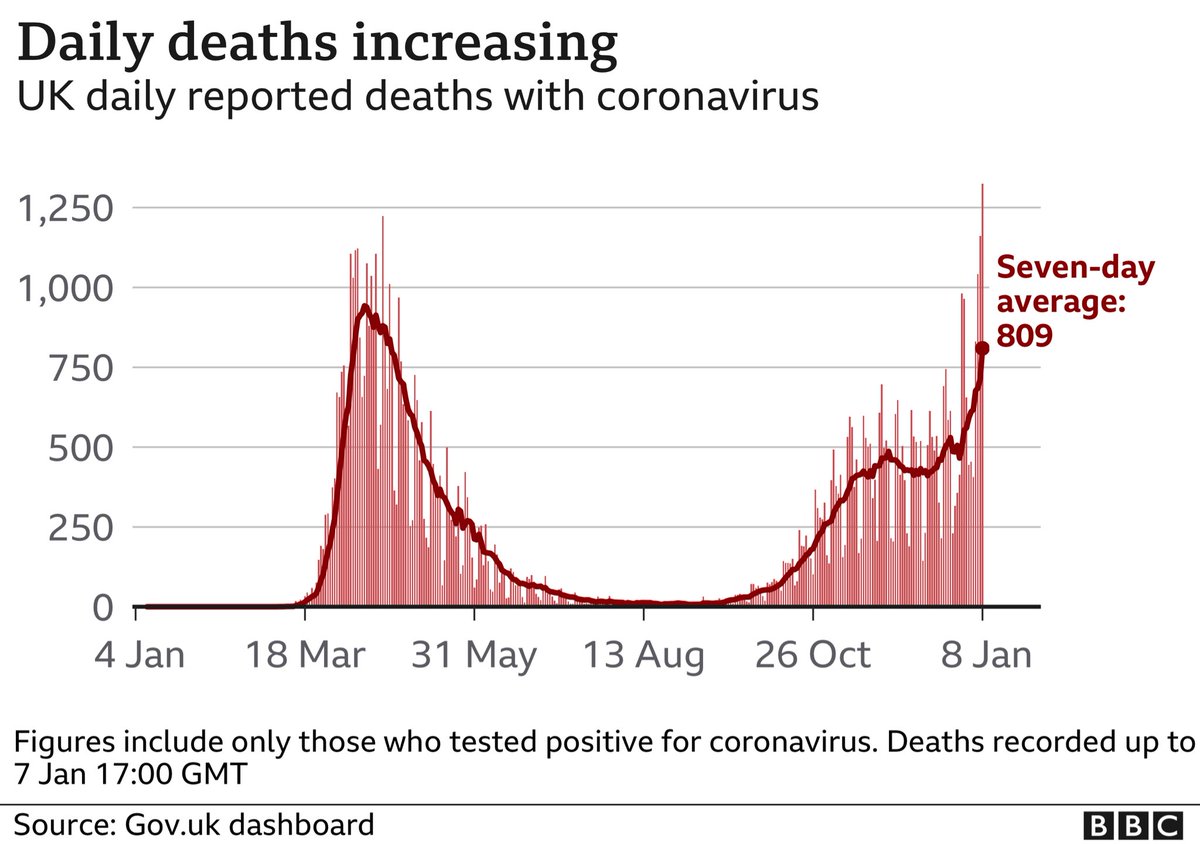
Summary of Clubhouse chat (thanks @BiotechCH)... 5 injustices in a drug NPV model... 1) <100% of patients getting drug they need due to inability to afford out of pocket costs is injustice we mustn’t accept and therefore must push for insurance reforms that lower OOP costs....
2) assumptions of continued high profitability into out-years (eg >15 years) due a drug being hard or impossible to genericize (eg biologics, esp gene therapies) have a far greater cost to society than their contribution to the NPV.
That’s b/c society’s costs are net revenues discounted at 1.5-2%/year but NPV only counts out-year profits discounted at a much higher rate (~8%). So public & Congress is right to challenge drug prices but it’s not that they are too high... it’s that they are high for too long.
Drugs going generic is the natural “price control” we’ve long had and it hasn’t hindered innovation. On the contrary, it’s spurred more innovation as pharma hunts to acquire and develop new products to replace lost revenues. So as some drugs prove too complex to go generic...
...the reform Congress should pursue to reduce costs is to ensure all drugs go generic w/o undue delay (eg reforms like Contractual Genericization that I wrote about in my book, thegreatamericandrugdeal.com & supported by No Patient Left Behind & many biotech innovators).
3rd injustice of drug NPV models is a steady reduction over the years in assumptions of ex-US (ie Rest of World) revenues and profits. That means these models are increasingly dependent on the US to keep them in positive territory (ie to keep a drug project worth funding).
That angers Americans. But solution is not to lower US revenues (NPVs would turn negative, innovation would cease); it’s to get other countries to pay more.
Until then, EU countries are like bad roommates, merely pitching in. Since every bit of revenues helps, you don’t want to turn them out (ie refuse to sell them drug), but if you insist on them paying the same, they will leave (ie deny their citizens access).
So you have to inspire them to see the merit in paying more for medicines. That requires diplomacy & trade agreements. NAFTA helped get Canada onboard decades ago. It’s possible. Some bills in Congress seem to recognize this.
4) If you use list prices in the model to drive revenues and subtract rebates from SG&A, then model acknowledges injustice of current system in which PBMs insist on higher list prices which they then base patient’s OOP on, drug company gets bad press for raising list price...
...yet pays rebate to PBM that PBM doesn’t return to the patient (instead padding its profits and lowering premiums, thereby making the sick subsidize the healthy). Meanwhile, net drug prices actually have been below inflation for a while, a fact Congress consistently overlook.
So public/Congress hates pharma for list prices, threatens price controls that would decimate NPVs (kill innovation), & fails to see affordability is function of OOP costs imposed by payers and that premiums are impacted by net drug prices, which aren’t actually climbing.
5th injustice of NPV models is discount rates have to increasingly take risk of price controls into account, requiring either higher prices/revenues to keep NPVs positive (which is perverse since it further raises risk of price control)...
...or we have to invest in projects with lower development costs & greater probabilities of success, which are monogenic orphan diseases (whose small numbers of patients require high prices) or lower risk reformulations of existing drugs...
...which can sometimes be important but aren’t driving the cancer moonshot or solving Alzheimer’s. We need to take real risks to make real progress. It’s costing America only 1.2% of GDP to drive that innovation, which is affordable if not dumped on patients via high OOP costs.
So if you’ve encountered these elements of a drug NPV model, then you understand some of what’s really wrong with both affordability & how America rewards innovation. If you happen to know anyone in Congress who understand’s NPVs, forward this to them.
Those who understand NPVs and discount rate arbitrage will readily recognize that the key to driving investment in progress & getting value from innovation is to reward new/better products while spending as little as necessary on old ones.
Save by cutting spending on old drugs by ensuring they go generic; that drops a company’s revenues, but it can also then cut its marketing spend, which it can’t do to offset hit of price controls on a new drug that’s not yet well known to patients and physicians.
Yes, NPV will drop a bit but that’s offset w/ even a modest revenue boost from more patients getting drug they need thanks to reduced OOP. NPV is preserved, costs reduced, more patients treated. Evident from NPV model.
Ie. society should be shifting what it spends on branded drugs towards front end of every drug’s NPV curve so that NPV is high. Money spent on old drugs doesn’t incentivize innovation much. Make ‘em go generic, don’t squash NPVs by price controlling drugs across whole NPV curve.
W/ hospitals & services costs ever climbing (they never go generic, which make them rents), we need to invest in developing drugs that keep us out of hospitals & will eventually go generic (like investing in a home mortgage so your family isn’t stuck forever in rented apartment).
Consider: Generic statins keep millions out of hospitals. If we cut rewards that make NPVs positive (justifying investment in R&D), we’ll be short-sightedly saving on mortgage payments on future generic drugs & will only end up spending far more on hospitals.
So there we have it. Tell your kids & senators. Diagnosis of what ails American healthcare and its relationship w/ drug industry... and solutions... are evident in a typical drug NPV model. Wish NPVs were taught in high school. So fundamental to life.
I should add if you made it this far, agree with these ideas, and wish others would understand these concepts so that the public and lawmakers would be more likely to support smart policies, then spread the message. Here that means retweet, with your view. Standing is essential.
By the way, these reform ideas aren’t just ideas. @NPLB_org nopatientleftbehind.org is promoting these reforms in Washington and to the public. Check out detailed slides here (definitely read the appendix!): nopatientleftbehind.docsend.com/view/da58aucpn…
• • •
Missing some Tweet in this thread? You can try to
force a refresh





